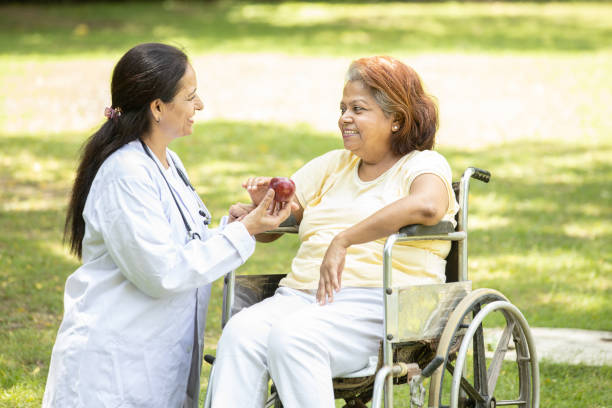The Gender Issues of Home Care: Breaking Stereotypes and Promoting Equality
Home care, the provision of healthcare services in the comfort of one’s own home, plays a vital role in supporting individuals with various medical needs. However, the field of home care is not exempt from gender issues that have persisted in the broader healthcare industry. This blog post aims to explore the gender dynamics and challenges within home care, highlighting the need to break stereotypes and promote equality in this essential area of healthcare.
1.Gender Stereotypes and Assumptions:

Traditionally, caregiving roles have been associated with women, perpetuating the notion that women are inherently more nurturing and suited for home care responsibilities. This stereotype often overlooks the valuable contributions that male caregivers can bring to the field. By challenging these assumptions and recognizing that caregiving skills are not gender-specific, we can create a more inclusive and diverse home care workforce.
2.Workforce Gender Imbalance:
The home care sector experiences a significant gender imbalance, with a majority of caregivers being female. This gender disparity can be attributed to societal norms, expectations, and the undervaluation of caregiving as a profession. It is important to address this imbalance by encouraging men to pursue careers in home care and ensuring that equal opportunities and support are available to both men and women in this field.
3.Unpaid Caregiving and Gender Roles:
Unpaid caregiving, often performed by family members, is a significant component of home care. Studies have shown that women tend to shoulder a disproportionate amount of unpaid caregiving responsibilities, which can impact their personal and professional lives. This gender disparity not only reinforces traditional gender roles but also limits women’s economic opportunities and perpetuates gender inequality. Recognizing and redistributing caregiving responsibilities within families is crucial for achieving gender equity.
4.The Caregiver-Patient Relationship:

Gender can also influence the caregiver-patient relationship in home care. Some patients may have personal preferences regarding the gender of their caregiver, which can be influenced by cultural, religious, or personal beliefs. Ensuring patient choice while respecting the rights and preferences of caregivers is essential. It is important to strike a balance between patient preferences and promoting equality and nondiscrimination within the home care setting.
5.Professional Development and Recognition:
Professional development opportunities and recognition within the home care field are crucial for career advancement and job satisfaction. Addressing gender issues requires providing equal access to training, education, and career progression for both male and female caregivers. Furthermore, acknowledging and valuing the expertise and contributions of caregivers, regardless of gender, is essential to foster a supportive and inclusive work environment.
Conclusion:
The gender issues prevalent in home care are multifaceted and require concerted efforts to promote equality, diversity, and inclusivity. Breaking stereotypes and challenging assumptions about gender roles in caregiving, addressing the gender imbalance in the workforce, redistributing unpaid caregiving responsibilities, respecting patient preferences while promoting equality, and providing equal opportunities for professional development are key steps toward achieving gender equity in home care. By recognizing the value of all caregivers, regardless of gender, and creating an inclusive environment, we can foster a more balanced and equitable home care sector that benefits both caregivers and patients alike.
